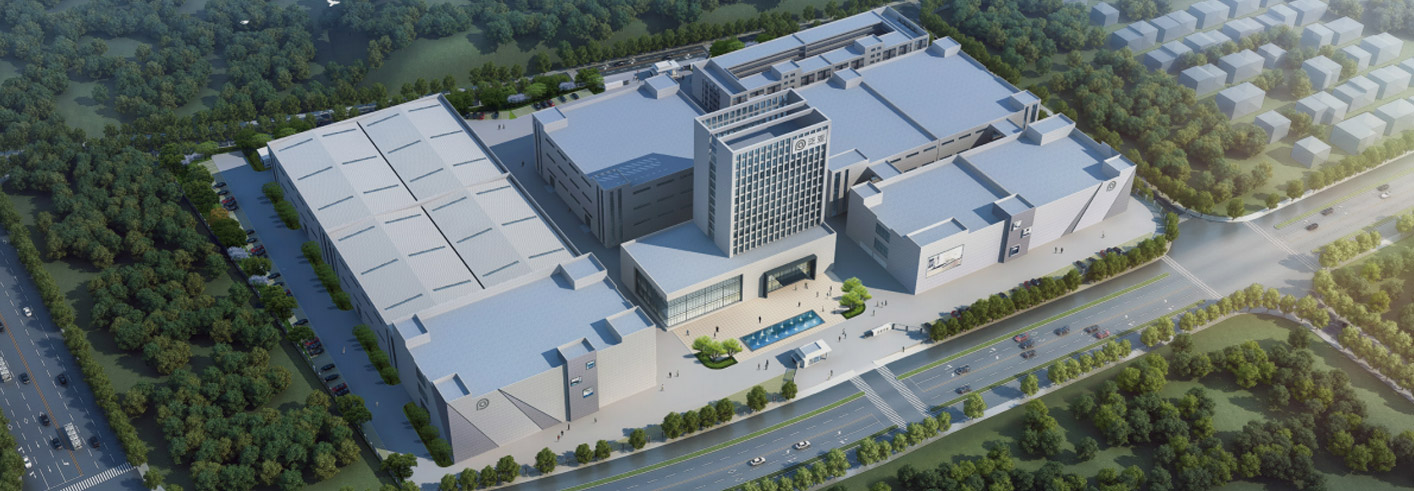-
American style all metal small cap intelligent control (touch sensitive) for water removal in washbasins
1. Durable and sturdy brass material structure; 2. Equipped with overflow function, suitable for bat...
Read More -
American style all metal small cap intelligent control (infrared sensing) for water removal in washbasins
1. Durable and sturdy brass material structure; 2. Equipped with overflow function, suitable for bat...
Read More
CATEGORIZE

COMPANY INFO
-
+86-13967193773
+86-0571-64250108 -
No. 1405 Tianhe Road, Tonglu 311500, Hangzhou City, Zhejiang Province
Electronic Control Pop up Drain Manufacturers
ABOUT THE GROUP
As China Electronic Control Pop up Drain Manufacturers and Electronic Control Pop up Drain Factory, Hangzhou Panaisa Sanitary Ware Co., Ltd. (referred to as "Panasia") was established in December 2002, with its headquarters located in Tonglu, Zhejiang Province. Panasia is a high-tech enterprise specializing in the design, manufacture, and sale of kitchen and bathroom products. The company has a registered capital of 93.8 million RMB and has controlling subsidiaries Hangzhou Hoca Kitchen and Bath Products Co., Ltd. (referred to as "Hoca") and Hangzhou BDC Kitchen & Bath Technology Co., Ltd. (referred to as "BDC").
Panasia is one of the largest international high-end Kitchen and bathroom sanitary ware products suppliers in China, providing OEM and ODM services for globally renowned brands. As of 2022, the company's annual sales exceed $170 million, with faucet and accessories products sales accounting for over $100 million.
The company owns multiple invention patents and utility model patents, has passed the GB/T29490-2013 intellectual property management system certification, and is a national demonstration enterprise for intellectual property advantages. we supply Electronic Control Pop up Drain Wholesale, the company has a research and development team centered on a Zhejiang provincial-level enterprise research institute, consisting of more than 100 engineering and technical personnel and management experts, responsible for technical research and development, quality control, and other work.
NEWS INFORMATION
-
TImportance of Choosing the Right Faucet Supply Hose
When it comes to installing or replacing faucets, one component that often gets overlooked is the supply hose. Despite its small size, the faucet supp... -
Are there any safety considerations to keep in mind when using a shower hose
Temperature: Be cautious of the water temperature, especially when using hot water. Scalding can occur if the water temperature is too high, leading t... -
Advantage of using a metal shower hose compared to a plastic one
Durability: Metal shower hoses are typically constructed from materials like stainless steel or chrome-plated brass, which are inherently stronger and... -
Surface treatment helps improve overall durability of Shower Faucet unit
Corrosion Protection: Surface treatments like chrome plating, brushed nickel, or PVD (Physical Vapor Deposition) coatings create a protective layer on... -
What are the benefits of faucet surface treatment
Aesthetic Appeal: Shower Faucet surface treatments enhance the visual appeal of the fixture by providing a polished, decorative finish. The treatment ...


 English
English Español
Español Deutsch
Deutsch 中文简体
中文简体









